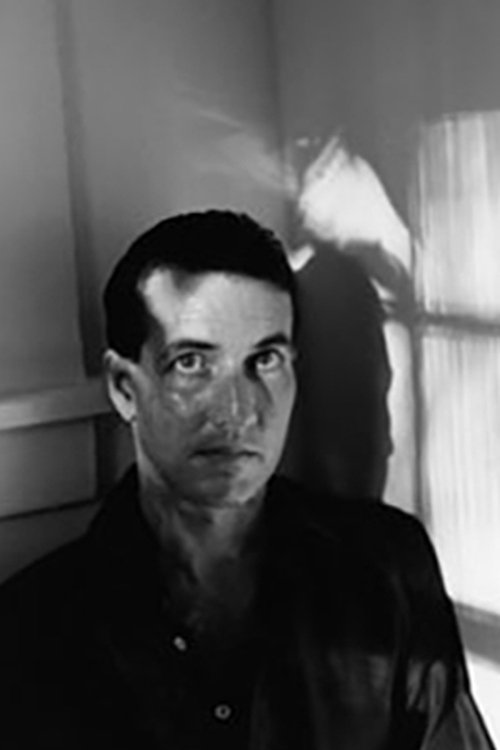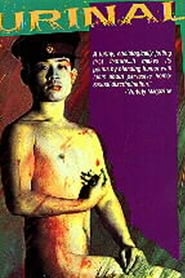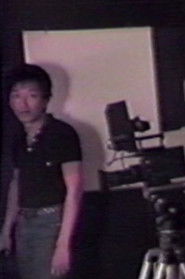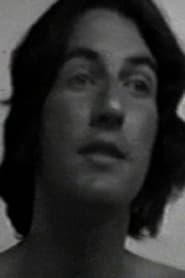detail profile colin campbell

Colin Campbell
Collin Campbell
atau dikenal sebagai
Riwayat Hidup
Colin Campbell was born in Reston, Manitoba in 1942.
He gained his Bachelor of Fine Arts Degree from the University of Manitoba in Winnipeg in 1966 and his Masters of Fine Art degree from Claremont Graduate School in California in 1969.
After completing his education, he returned to Canada to teach at Mount Allison University in Sackville, New Brunswick, where he stayed until 1972 – a watershed year in Campbell’s artistic development.
As one of the pioneers of video art in Canada, Toronto based artist Colin Campbell has had an international career that parallels the development of video art.
Originally a sculptor, Campbell was first introduced to video in 1972, as the technology was beginning to emerge.
“For me, video’s appeal lay in its potential for theatricality, performance and narrative,” said Campbell in Now Magazine.
“The first subject of those things was myself.
Gradually I started to turn the camera outward, developing characters and personae much different from my own.
” Campbell avoids slick television style video production in favour of his highly developed grass roots style, which Bruce Ferguson has called the “aesthetics of poverty.
”
Campbell’s narratives explore gender-bending scenarios, rich with humour and pathos.
In his exploration of gender stereotypes, Campbell has consistently kept to informal styles and scripts, cheap and homespun sets, and a cast often made up of himself and friends, including Ferguson, artists Johanna Householder and Tanya Mars, and fellow video veteran Lisa Steele.
His approach was perhaps best described by Adele Freedman in Toronto Life: “Campbell is the kind of romantic who can sense tragic potential in a package of Kraft dinner.
”
Info Pribadi
Peran Yang Di Mainkan Colin Campbell
 The ghost of patient zero who...
The ghost of patient zero who...Zero Patience 1993
The ghost of "patient zero", who allegedly first brought AIDS to North America - materialises and tries to contact old friends. Meanwhile, the Victorian explorer Sir Richard Burton, who drank from the Fountain of Youth and now works as Chief Taxidermist at the Toronto Natural history Museum, is trying to organise an exhibition about the disease for the museum's "Hall of Contagion".
 A mystery man brings together a...
A mystery man brings together a...Urinal 1988
A mystery man brings together a group of dead, gay artists to investigate a police response to the dilema of wash-room sex in Toronto. The artists have seven days in which to report on the ethics of police tactics. The artists infiltrate the police only to discover that they themselves are under surveillance as a political subversive group. The artists explore and report on the evolution of toilets and wash-room behavior.
 Documentary about the ten days the...
Documentary about the ten days the...Moscow Does Not Believe in Queers 1986
Documentary about the ten days the director spent in Moscow, during the 1986 Moscow Youth Festival, as kind of a gay delegate.
 Luc Bourdon Marc Paradis and Simon...
Luc Bourdon Marc Paradis and Simon...Say Cheese for a Trans-Canadian Look 1985
Luc Bourdon, Marc Paradis and Simon B. Robert are curators for a selection of Canadian video to be presented within the context of the 13th Montréal International Festival of New Cinema and Video. This tape relates their experiences and research which occurs during their journey across Canada. This document is less a documentation of the trip than a logical suite to the questions raised in a previous work, Scheme vidéo. Focusing on the displacement of the three curators, the tape reflects their perceptions through the random capture of images. With Paul Wong, Grant Poier, Nida Home Doherty, Jerry Kissel, John Greyson and Collin Campbell.
 An amusing portrait of an Art...
An amusing portrait of an Art...